Buddhism: Philosophy or religion?
Recently, I read the book Die Philosophie des Buddha – Eine Einführung (The Philosophy of the Buddha – An Introduction) by Sebastian Gäb. I found it to be not only an excellent introduction to Buddhism, but also a thoughtful exploration of several key questions surrounding it. One of the most intriguing questions Gäb raises is whether Buddhism is best understood as a philosophy or a religion. Gäb does not settle this question conclusively in the book. Instead, he chooses to approach Buddhism as a philosophy for the purposes of his book and outlines a number of compelling arguments for doing so.
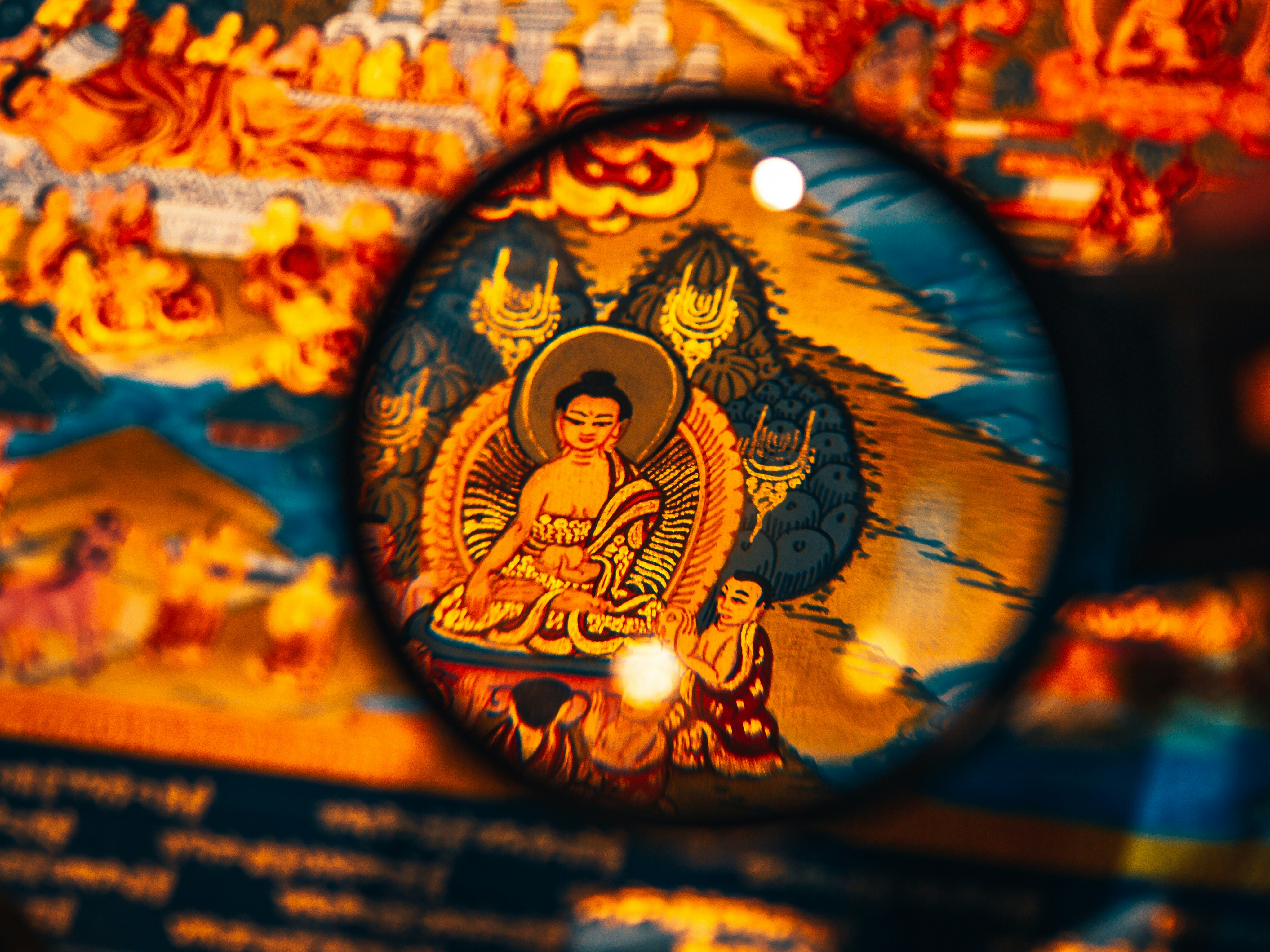 Buddhism under the magnifying glass. In this post, we will explore the question of whether Buddhism is a philosophy or a religion – or maybe both. Source: Raimond Klavinsꜛ on Unsplashꜛ (license: Unsplash Licenseꜛ).
Buddhism under the magnifying glass. In this post, we will explore the question of whether Buddhism is a philosophy or a religion – or maybe both. Source: Raimond Klavinsꜛ on Unsplashꜛ (license: Unsplash Licenseꜛ).
In this post, I summarize and reflect on Gäb’s arguments. In addition, I try to maintain a broader view that also recognizes the religious dimension that has developed around Siddhartha Gautama’s teachings. My aim is to show that both interpretations — philosophy and religion — are justified, and that understanding their relationship helps us grasp what Buddhism is, and what it can be, more clearly.
What is philosophy?
Before we begin, we first need to clarify what we mean by “philosophy.” This is important because the term can have different meanings depending on the context. In the Western tradition, philosophy has often been associated with a systematic and rational inquiry into fundamental questions about existence, knowledge, and ethics.
Sebastian Gäb defines philosophy as a systematic doctrine that seeks to rationally describe and explain both the fundamental nature of objective reality and our subjective access to it. From this understanding, it derives a reflected practice of life. This definition highlights three essential aspects: (1) rational thinking as the primary method of philosophy, (2) the fundamental structures of existence as its core concern, and (3) the inseparable link between theory and the way we live our lives.
Philosophy can be understood as a system of knowledge aimed at answering certain fundamental questions. Its various components interlock and ideally form a coherent whole — one that not only explains reality and our role within it but also offers orientation for how we might live in alignment with that understanding. Thus, philosophy has both a theoretical and a practical dimension.
The theoretical dimension is concerned with answering classical philosophical questions: What is the nature of reality? (metaphysics); How do we know what we know? (epistemology); What kind of beings are we, and how should we treat each other? (philosophical anthropology and ethics). These questions are foundational and existential. Even if one never formally engages with philosophy, living requires implicit answers to them. For example, everyone has some notion — however vague — of what a good life is, because such an idea informs everyday choices and actions.
However, philosophy is not merely theoretical. It strives for a unity of understanding and action. Its practical side emerges from the question: “How should I live?” An answer to this question should ideally be grounded in — or at least compatible with — the insights of its theoretical side. A philosophy that takes this aspect seriously not only seeks to understand reality but also aims to help individuals live in harmony with that understanding. After all, if our perception of reality is distorted by illusions or errors, how could we hope to lead a truly good life?
Philosophy, then, is more than a science; it is a way of life. This idea might seem outdated to some contemporary academic philosophers, many of whom focus on analysis and argumentation rather than life practice. But in Greco-Roman antiquity, in classical Chinese and Indian thought, and also for Siddhartha Gautama, philosophy was precisely this: a guide to life. For Socrates, Epicurus, and Confucius alike, philosophy meant living wisely, ethically, and reflectively. It taught people to see reality more clearly and to transform themselves in light of that insight.
Of course, different philosophical traditions and thinkers have disagreed on what constitutes the good life and how it should be attained. For Siddhartha, the good life is a life of liberation from suffering. Such liberation, however, is only possible if we free ourselves from ignorance and learn to see reality as it truly is. His teachings, therefore, are not just theoretical reflections but are embedded in a practical framework — ethical precepts and meditative practices — that aim to reshape perception and action.
Is Buddhism a philosophy? If so, why?
According to Gäb, Siddhartha Gautama’s teaching can be understood as a philosophy because it does not ask for blind faith in revealed truths, but invites rational reflection and personal verification. Siddhartha does not proclaim divine commandments or supernatural revelations; rather, he offers a theory about reality and existence that is meant to be discussed, examined, and ultimately confirmed in one’s own experience.
In this light, Siddhartha appears not as a prophet or savior, but as a philosopher — a thinker who proposes a systematic account of suffering, its origin, and its cessation. His theory is intended to be recognized as true not because of his authority, but because of its coherence, its empirical adequacy, and its transformative power. That is, if one accepts his view, it is not out of loyalty or sentiment, but because it withstands critical reflection and resonates with lived experience.
Importantly, this also means Siddhartha is to be regarded as a human being — extraordinary in insight, but fundamentally like us. He is not a divine figure, nor does he claim special access to transcendent realms. Later developments in Buddhism did elevate him to quasi-divine status, but originally, his authority rested on the strength of his insight, not on supernatural identity.
Because his teaching is rooted in rational examination, it aspires to objective validity. The truths Siddhartha formulates are not meant for a particular culture or group — they are universal in scope. They do not depend on who articulates them, but on whether they correspond to reality and can be rationally grasped. His philosophy is therefore not culturally relative, but addresses the fundamental conditions of existence for all sentient beings.
In this sense, Siddhartha Gautama is a philosopher and his teaching is a philosophy: a comprehensive and coherent system that describes reality, responds to fundamental existential questions, and forms the basis for a reflective life practice. It is open to rational argument, grounded in metaphysical and anthropological insights, and aimed at helping individuals attain liberation through understanding and practice.
Core features of Siddhartha Gautama’s philosophical system
According to Sebastian Gäb, Siddhartha Gautama’s philosophy is not only systematic and profound but also shaped by three interrelated orientations that define its character and strength: empiricism, pragmatism, and realism. Gäb emphasizes that each of these perspectives helps illuminate how Siddhartha’s teaching approaches the nature of truth, the method of knowing, and the purpose of philosophical reflection. In the following sections, we will explore how these three orientations manifest in Siddhartha’s thought and how they contribute to the overall coherence of his philosophical system.
Empiricism
Siddhartha Gautama’s philosophy is grounded in a radical form of empiricism. At its core lies the conviction that all knowledge must ultimately prove itself in one’s own experience. This idea is not just an epistemological stance but a deeply practical guideline: what matters is not what others say or what tradition hands down, but what one has personally seen, realized, and confirmed.
In ancient Indian philosophical discourse, this question was framed in terms of pramāṇas — the valid sources of knowledge. While many schools accepted up to six such sources (including perception, inference, analogy, and testimony), Siddhartha accepted only two: direct perception (pratyakṣa) and logical inference (anumāna). For him, genuine knowledge must either arise from what we can see for ourselves or be reasonably deduced from such experience. He made this point explicit when he told his followers:
“Monks, I am not telling you this as something I heard from another monk or Brahmin. I am telling you this as something I have actually known, seen, and discovered for myself.”
– (MN 130: iii 186)
This radical empiricism becomes even clearer in his famous response to the Kalama people, who were confused by the competing teachings of various wandering ascetics. Siddhartha advised them not to rely on tradition, hearsay, scripture, logical reasoning, or even the reputation of a teacher. Instead, he said:
“When you yourselves understand: ‘These things are unsuitable, reprehensible, censured by reasonable people, and if you adopt them, they lead to unhappiness and suffering,’ then you should give them up.”
– (AN 3.65)
This is not a rejection of reason but a warning not to treat theory or logic as infallible. Even the most elegant argument is worthless if it collapses in the face of reality. The ultimate test of any theory is whether it holds up in lived, personal experience. Siddhartha was no anti-rationalist, but he insisted that reason remain grounded in experience.
It’s important to recognize that for Siddhartha, “experience” does not mean only ordinary sensory perception. Meditative experience plays a crucial role as well. Fundamental insights into impermanence, non-self, and the nature of suffering can only be directly experienced in deep contemplative states. This broadens the notion of empiricism beyond its modern scientific definition, but it does not abandon it — subjective verification still remains central.
Siddhartha’s rejection of authority and tradition as legitimate sources of knowledge also marks a decisive break with the dominant Brahmanical tradition of his time. In the Cankī Sutta, he responds to the Brahman student Kapāthika, who defends the Vedas as truth based on tradition. Siddhartha systematically dismantles the argument by showing that no Brahmin has actually realized the truth of the Vedas through direct experience. He concludes with a devastating analogy:
“As in a row of blind men hanging together, the foremost sees nothing, the middle one sees nothing, and the hindmost sees nothing, so the tradition of the Brahmins proves to be, as it were, a row of blind men.”
– (MN 95: ii 170)
Nevertheless, Siddhartha does acknowledge that trust (saddhā) plays a role. Since one cannot immediately verify all claims, some initial trust is needed to even begin the path. But this trust is always provisional — its function is to motivate practice, not to serve as a final justification. Eventually, all elements of the teaching must be verified in one’s own experience. This delicate balance between faith and personal verification is a defining feature of Siddhartha’s empiricism.
Pragmatism
For Siddhartha Gautama, a theory or teaching is only meaningful if it proves itself in life — specifically, if it contributes to the liberation from suffering. This principle lies at the heart of the pragmatic orientation of his philosophy. In his view, truth is never purely theoretical. Instead, it must have transformative power. It must demonstrate its value by bringing about a concrete, experiential improvement in life. If a theory does not do this, it is irrelevant.
This pragmatic perspective also helps explain one of the more curious aspects of Siddhartha’s philosophical method: his refusal to answer a range of speculative metaphysical questions. These include whether the world has a beginning or is eternal, whether the self survives death, or whether Siddhartha will continue to exist after death. Time and again, he remains silent on these questions, a response that often irritated his interlocutors.
In the Cūḷamālukyasutta (MN 63: i 429), Siddhartha responds to his disciple Māluṅkyaputta’s frustration with a famous parable. He asks Māluṅkyaputta to imagine a man wounded by a poisoned arrow who refuses treatment until he knows who shot the arrow, their caste, what kind of bow was used, and what shape the arrowhead had. Of course, by the time these questions are answered, the man would be dead. The moral is clear: theoretical questions that do not help remove the metaphorical arrow of suffering are distractions. The priority is healing, not speculation.
From this, one might be tempted to conclude that Siddhartha equated truth with pragmatic usefulness — that whatever works to alleviate suffering is true. But that would be a misunderstanding. In the Saṃyutta Nikāya (SN 56.31), he makes a crucial distinction. Using the image of leaves in a forest, Siddhartha explains that what he has realized is vast, but he only teaches a small portion — the handful of leaves that are relevant to the goal of liberation. There are many other truths he knows but does not teach, because they are not conducive to awakening.
This suggests that pragmatic usefulness is not the criterion for whether something is true, but for whether it is worth teaching. There may be truths that are interesting, even accurate, but that do not help reduce suffering. Such truths are, for Siddhartha, secondary or dispensable. His criterion for teaching is ethical and soteriological, not metaphysical. The teachings are selected and communicated based on their capacity to support disillusionment, renunciation, peace, insight, awakening, and ultimately, nirvana.
In this sense, Siddhartha’s pragmatism is not about redefining truth but about determining relevance. A doctrine that does not change how we live and suffer is of no immediate concern, even if it is technically true. Philosophy, in his view, is not an intellectual exercise but a tool for liberation. And the truths he chooses to share are those that serve that end.
Realism
Siddhartha Gautama’s philosophy is deeply realist in nature. For him, truth consists in recognizing reality as it actually is, unclouded by wishful thinking, speculation, or illusion. A realist philosophy aims to confront the world directly, to look it in the eye without distortion. In this sense, Siddhartha is a realist through and through: ignorance (avijjā) — a false understanding of reality — is the root cause of suffering, and only by dispelling it through clear insight can liberation be attained.
Siddhartha’s approach thus embeds a fundamentally epistemic idea of salvation: we suffer not merely because of our circumstances, but because we misunderstand them. Salvation begins with knowing. We cannot be free until we see reality clearly — especially the impermanence of all things, the absence of a permanent self, and the causal nature of suffering. This view defines a philosophy that is not content with comforting myths or metaphysical speculation, but one that rigorously demands an accurate account of what truly is.
At first glance, however, some elements of Siddhartha’s teaching appear to challenge this realism, at least from the perspective of modern naturalism — the belief that everything real must ultimately be explainable by the methods of the natural sciences. In early Buddhist texts, for example, deities and spirits from the Indian pantheon interact with Siddhartha, and concepts like karma and rebirth play central roles. From a modern standpoint, these elements might seem incompatible with a realist view.
However, not all such elements carry equal philosophical weight. The gods and spirits are best understood as cultural remnants of Siddhartha’s historical context. These supernatural references may be of interest to historians, but they are not essential to the philosophical content of his teaching. The core insights of his philosophy remain intact if we discard them. In this respect, they can be bracketed without compromising the realism of the system.
Other elements, such as karma and rebirth, are more central. They are not as easily set aside, and pose a more significant challenge for a realist reading. But here it’s important to distinguish between realism and naturalism. The fact that Siddhartha’s philosophy conflicts with a modern naturalistic worldview at certain points does not mean it is untrue — only that it compels us to reflect more critically. Either modern naturalism is incomplete, or Siddhartha’s account is mistaken. The challenge is to remain open to both possibilities.
A realist engagement with Siddhartha’s philosophy, then, requires two things. First, we must interpret his views as coherently and charitably as possible, seeking rational explanations even for unfamiliar or counterintuitive concepts. This might include reinterpreting karma and rebirth in non-metaphysical ways, or investigating their experiential significance in meditative contexts. Second, we must remain open to the idea that Siddhartha might be right in places where his teaching diverges from conventional modern assumptions — so long as he can provide rational justification for his claims.
In short, Siddhartha’s realism demands that we neither believe blindly nor reject prematurely. It requires that we strip away illusion, test our beliefs against lived experience, and approach his philosophy as he himself taught: with open-minded skepticism and a commitment to truth — however uncomfortable that truth may be.
What about the religious aspects of Buddhism?
So, is Buddhism only a philosophy? That would miss its full historical and cultural significance. As we have so-far discussed, Siddhartha Gautama was a philosopher of his time — his teaching is grounded in rational reflection, experience, and a commitment to truth as it is. Yet it is equally true that, over time, Buddhism became a religion — a system of rituals, symbols, institutions, and cultural practices that gradually formed around Siddhartha’s original insights.
Siddhartha did not found a religion in the way later generations would understand it. He did not claim divine status or appeal to revelation. However, as his teaching spread and became institutionalized, it gave rise to traditions, liturgies, devotional practices, and mythologies. These developments were not necessarily distortions — they were expressions of the cultures and times that received his philosophy. Over centuries, Siddhartha came to be venerated, deified in some traditions, and embedded into complex cosmologies and monastic structures.
This transformation does not invalidate the philosophical core of his teaching. Rather, it illustrates how powerful ideas become embedded in lived human culture. The religious aspects of Buddhism — its stories, rituals, and community practices — play an important role in transmitting and preserving the philosophical insights at the heart of Siddhartha’s teaching. They give form, structure, and emotional depth to a system that might otherwise remain abstract.
Eventually, I think that both perspectives are true: Siddhartha was a philosopher, and Buddhism is a religion. Recognizing this dual nature allows us to honor the clarity of his insight while also acknowledging the living tradition that continues to carry it forward. Far from being irrelevant, the religious elements of Buddhism are part of its historical development and cultural impact — they are the form through which many people encounter, interpret, and embody its deeper philosophical truths.
Conclusion
As we have seen, there are strong reasons to regard Buddhism — at least in its earliest form as taught by Siddhartha Gautama — as a philosophy. It is a comprehensive, rational system that seeks to describe reality, expose the causes of human suffering, and provide a path toward liberation. Its foundation rests on empiricism, where personal experience is the criterion for truth; on pragmatism, where philosophical insight is measured by its practical efficacy in ending suffering; and on realism, where truth is equated with seeing the world as it is, stripped of illusion.
Comparing Siddhartha’s teaching to other philosophical traditions sharpens its distinctiveness. Like the Greco-Roman thinkers — Socrates, Epicurus, and the Stoics — Siddhartha saw philosophy not merely as speculation but as a way of life. Yet while the Stoics sought peace through reason and detachment, Siddhartha’s path involved a deeper transformation through meditative insight and ethical discipline. Unlike many Christian philosophers (e.g., Origen of Alexandria or Augustine of Hippo), who grounded their moral systems in divine command or revelation, Siddhartha grounded his ethics in direct insight and causality. Compared to classical Indian traditions, Siddhartha’s break with ritualism and caste hierarchy was radical. And in contrast to classical Chinese philosophy — especially Confucianism, which emphasized social harmony — Siddhartha emphasized inner liberation.
What makes Siddhartha’s system stand out is not just its rational consistency or its ethical clarity, but its integration of theory, practice, and transformative experience. It addresses existential suffering not by appealing to faith or metaphysics but by offering tools for direct investigation and change. This fusion of insight and practice, reason and liberation, makes Siddhartha Gautama not only a philosopher of his time, but one whose relevance persists across cultures and centuries.
Yet to understand its full historical impact, we must also consider the religious dimensions that developed around Siddhartha’s philosophy. As Buddhism spread across cultures, religious forms developed around it — ritual practices, cosmologies, and devotional traditions—that gave lasting cultural shape to its insights. These aspects, while not part of the original philosophical framework, have become an essential part of Buddhism’s historical legacy and practical life.
Buddhism, then, is both a philosophy and a religion. It began as a reflective inquiry into the human condition and evolved into a tradition that has nourished millions through ritual, symbol, and community. To understand Buddhism fully, we must see it in both lights: as a system of thought aimed at awakening, and as a living tradition that gives form to that awakening across time and space.
References and further reading
- Sebastian Gäb, Die Philosophie des Buddha - Eine Einführung, 2024, UTB, ISBN: 9783825262013
- Mark Siderits, Buddhism As Philosophy - An Introduction, 2007, Ashgate Publishing, Ltd., ISBN: 9780754653691
- Erich Frauwallner, Die Philosophie des Buddhismus, 2009, De Gruyter Akademie Forschung, ISBN: 978-3050045313
- Oliver Freiberger, Christoph Kleine, Buddhismus - Handbuch und kritische Einführung, 2011, Vandenhoeck & Ruprecht, ISBN: 9783525500040
- Rupert Gethin, The Foundations Of Buddhism, 1998, Oxford University Press, ISBN: 9780192892232
- Oliver Bottini, Das grosse O.W. Barth-Buch des Buddhismus, 2004, Ebner & Spiegel GmbH, ISBN: 9783502611264
- Richard Francis Gombrich, How Buddhism began – The conditioned genesis of the early teachings, 2006, Taylor & Francis, ISBN: 9780415371230
- Jr. Buswell, Robert E., Jr. Lopez, Donald S., Juhn Ahn, J. Wayne Bass, William Chu, The Princeton dictionary of Buddhism, 2014, Princeton University Press, ISBN: 978-0-691-15786-3
- Robert E. Buswell, William M. Bodiford, Donald S. Lopez, John S. Strong, Eugene Y. Wang, Encyclopedia of Buddhism, 2004, Vol. 1 and 2, Macmillan Reference, ISBN: 978-0028657189
- Keown, Damien, A dictionary of Buddhism, 2003, Oxford University Press, ISBN: 978-0-19-860560-7
- Notz, Lexikon des Buddhismus, 2002, Marixverlag, ISBN-10: 3932412087
- Robert E. Buswell, William M. Bodiford, Donald S. Lopez, John S. Strong, Eugene Y. Wang, Encyclopedia of Buddhism, 2004, Vol. 1 and 2, Macmillan Reference, ISBN: 978-0028657189
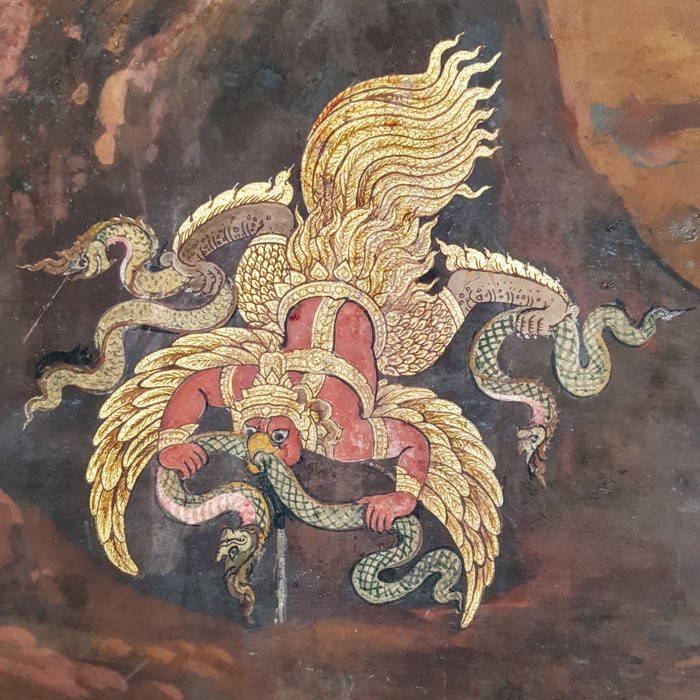


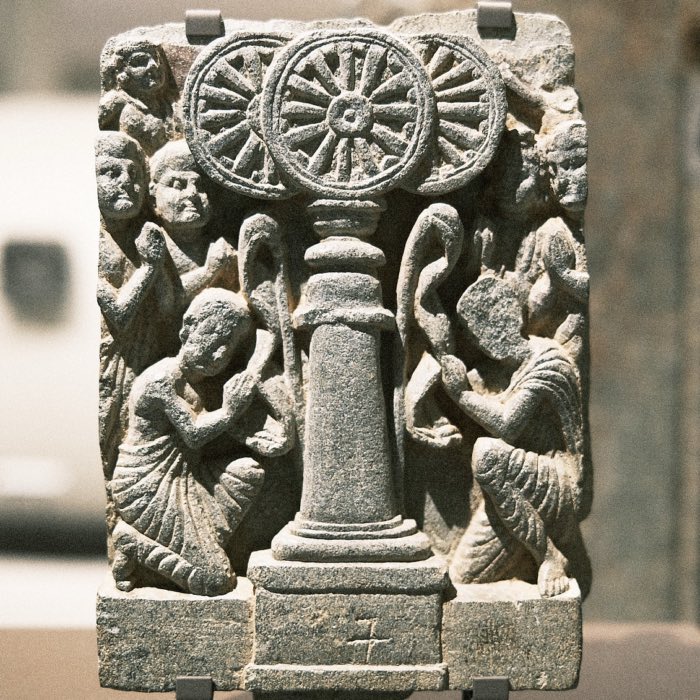
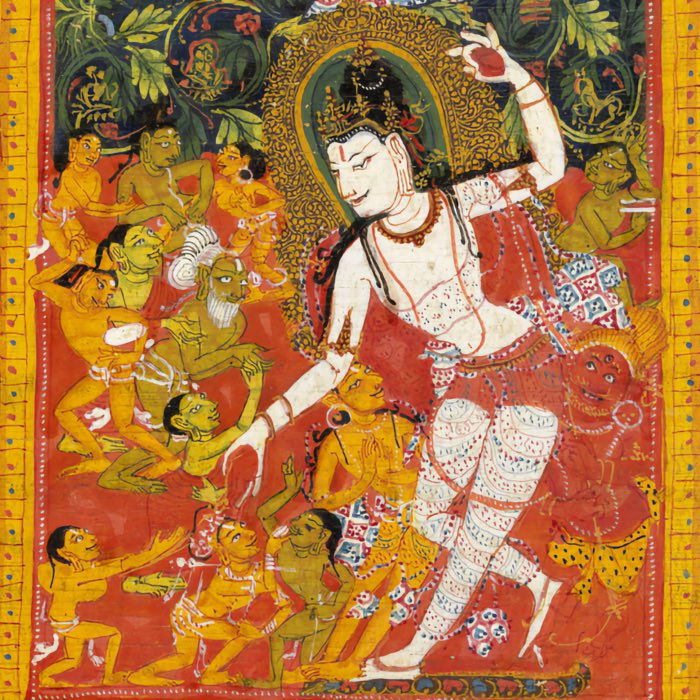

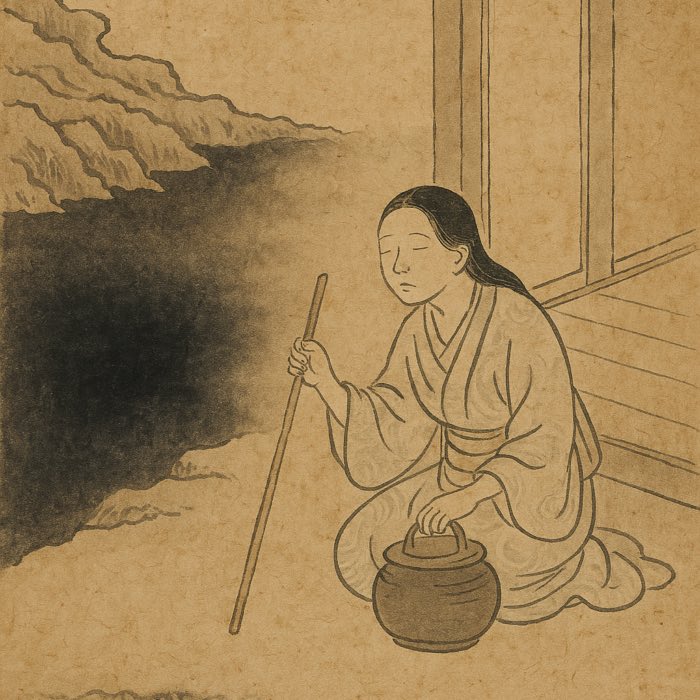
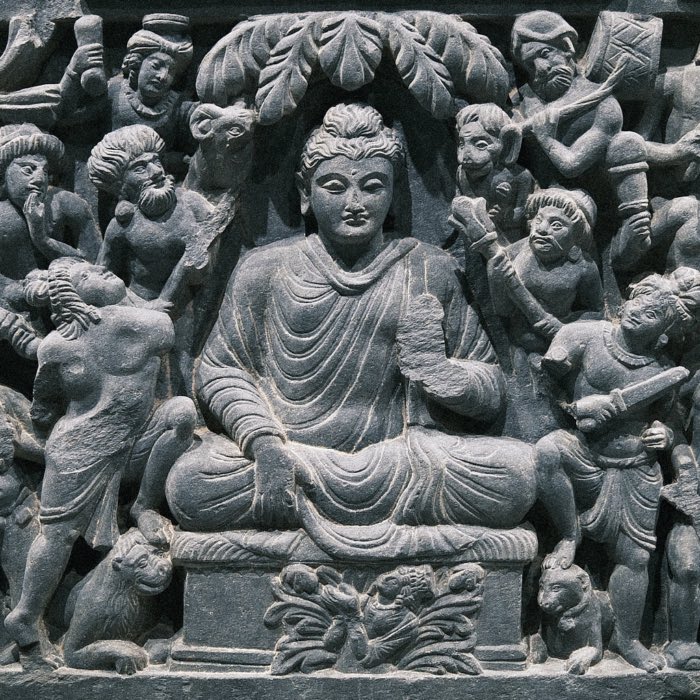
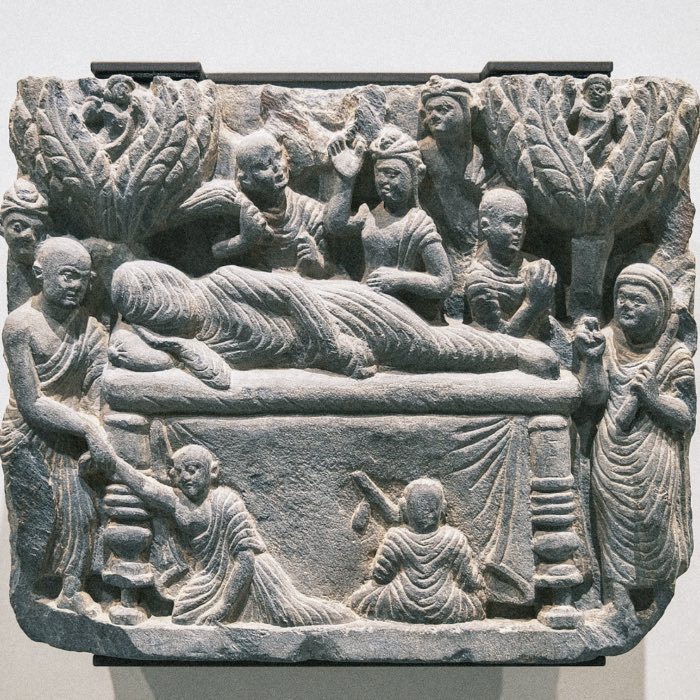
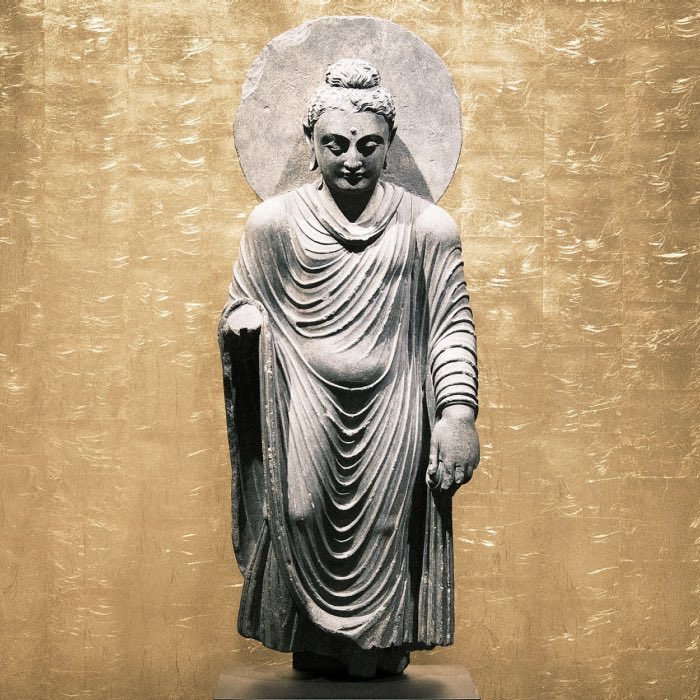


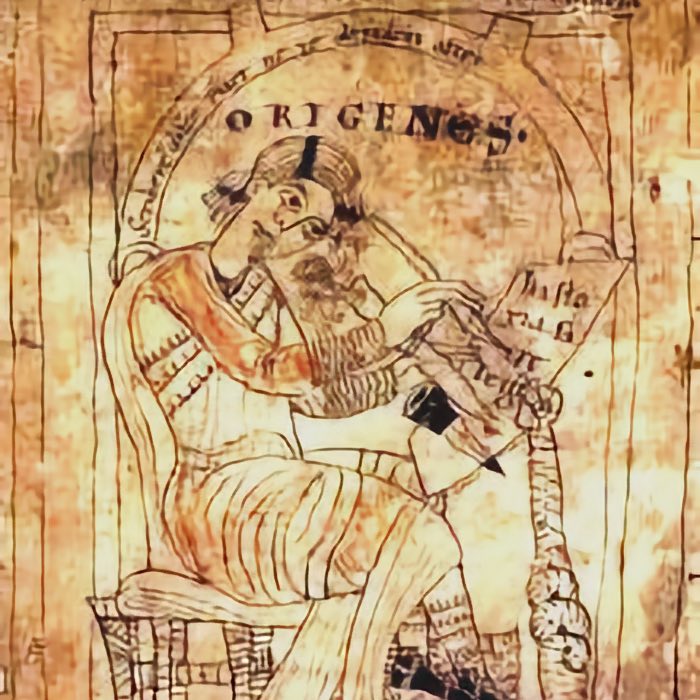
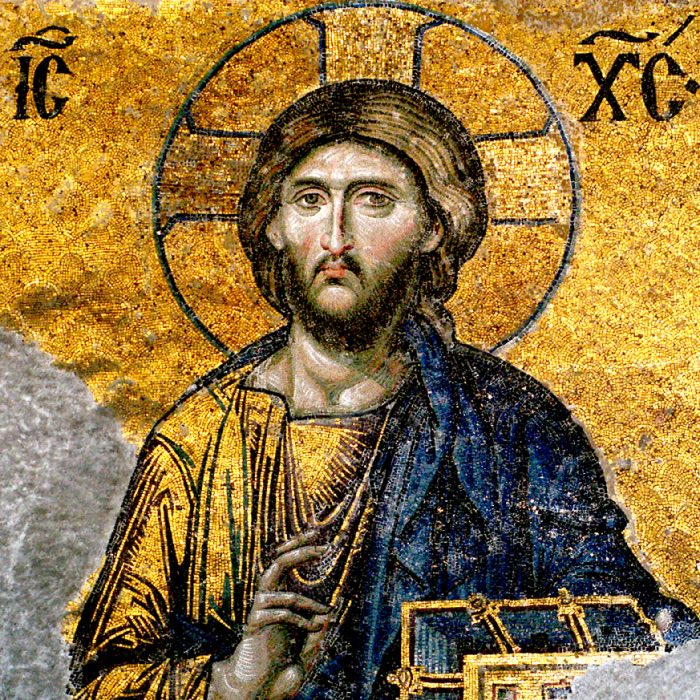
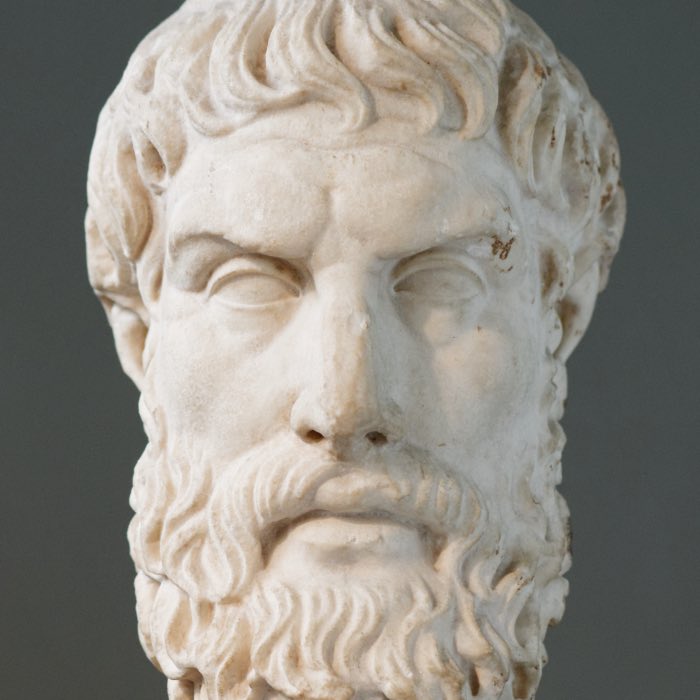
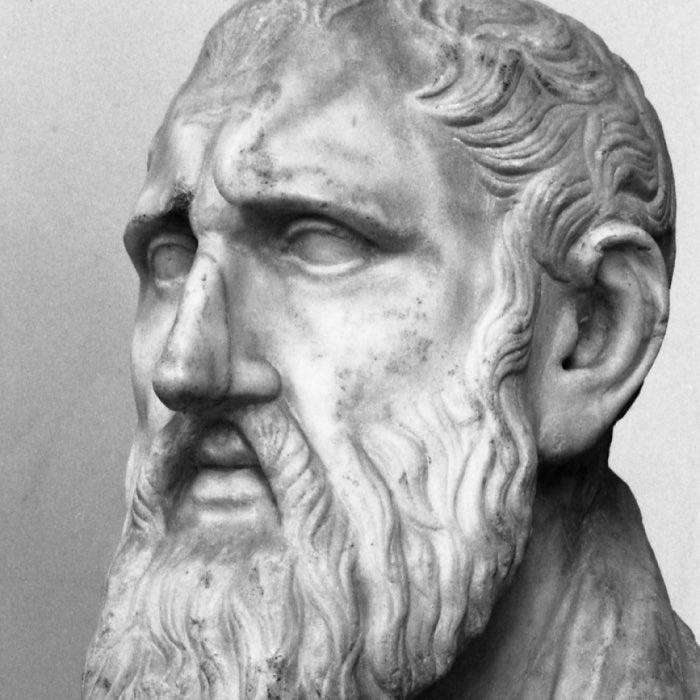
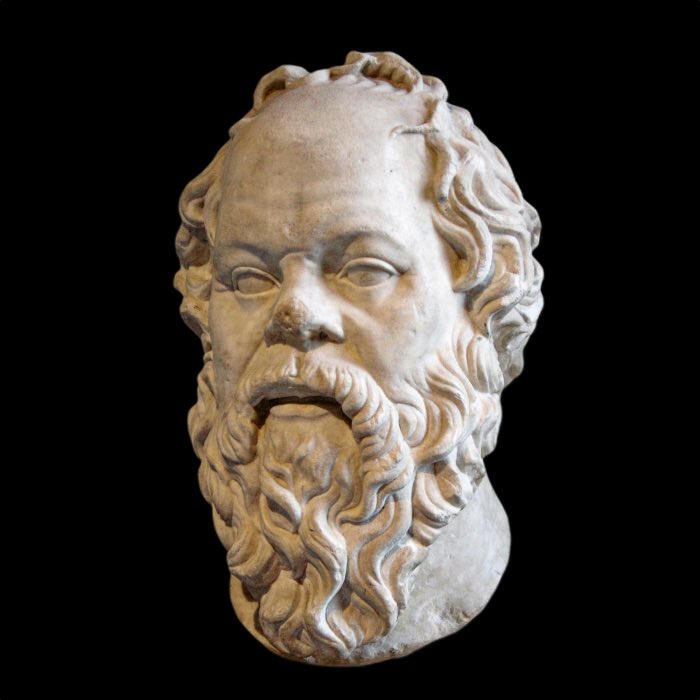
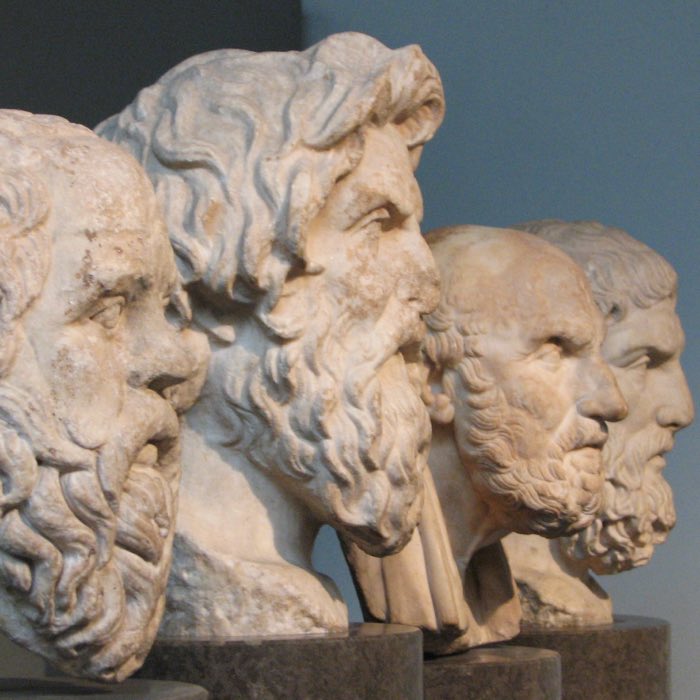
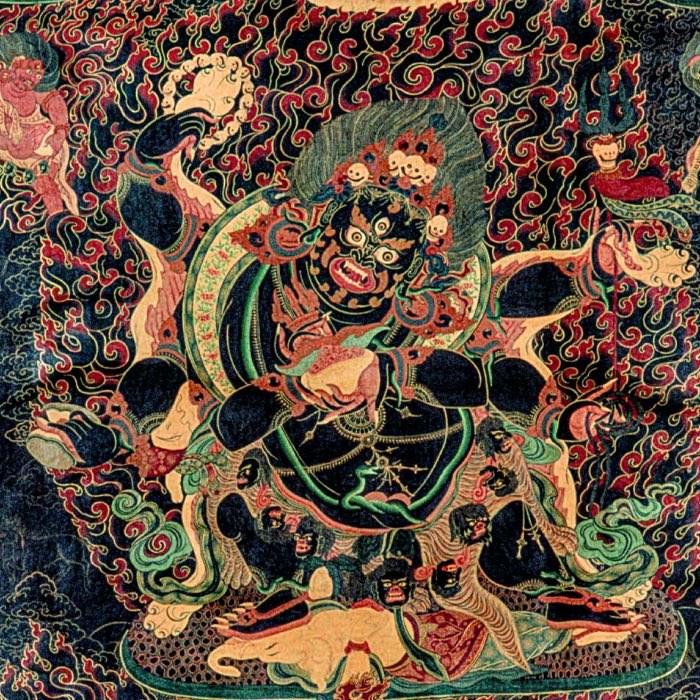
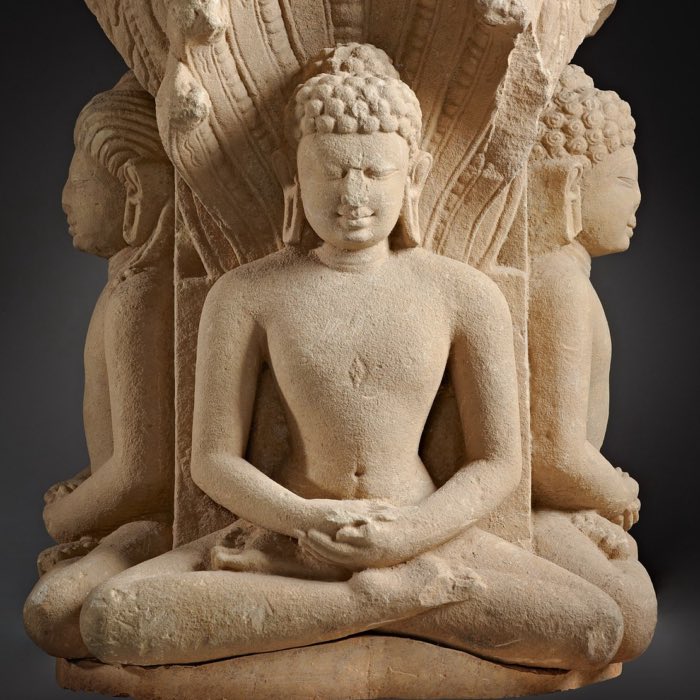
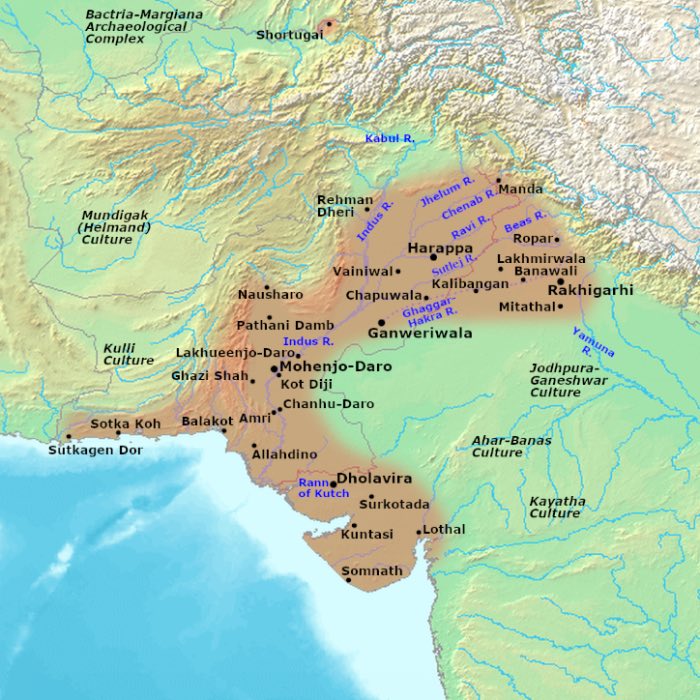
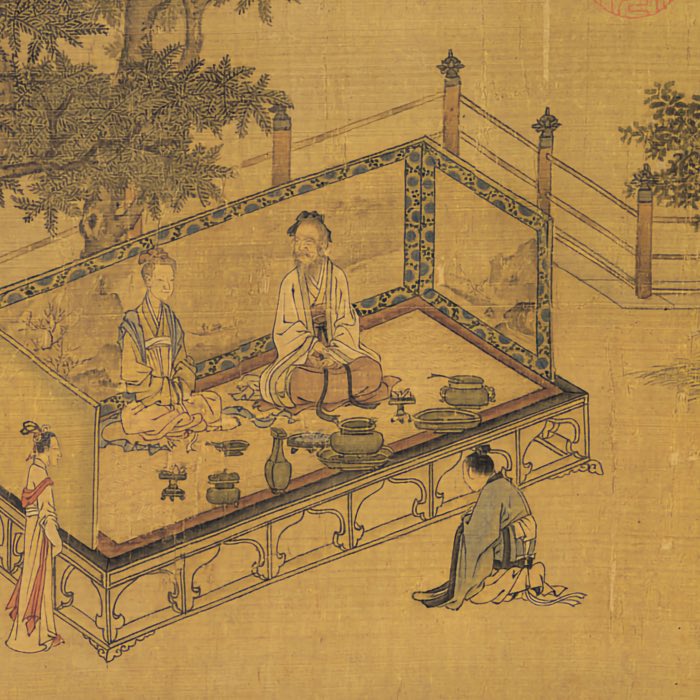
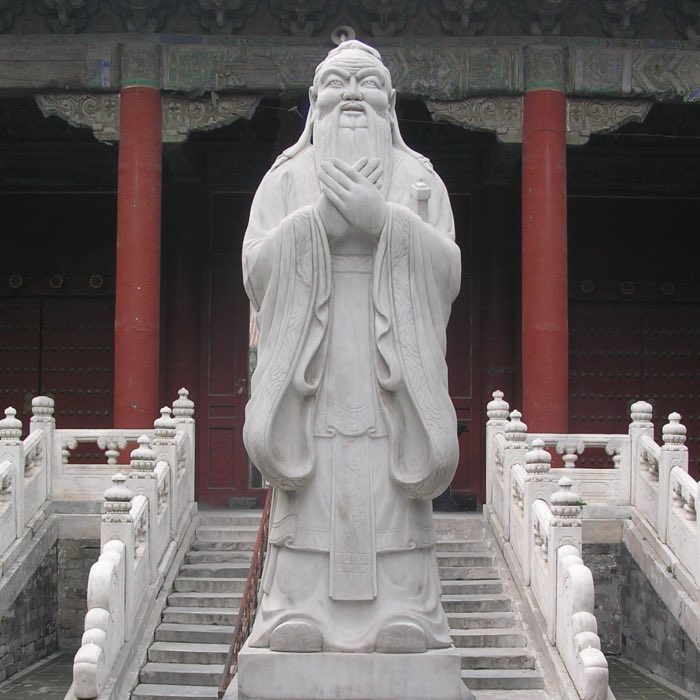

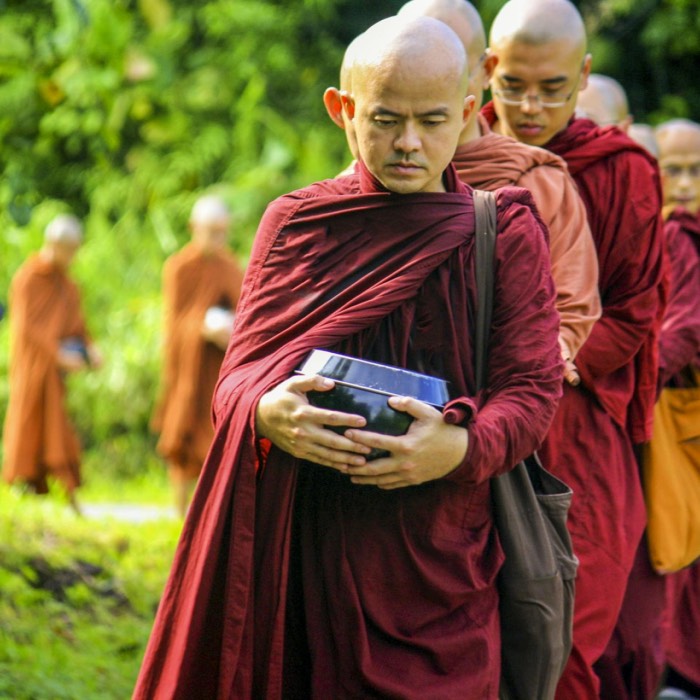



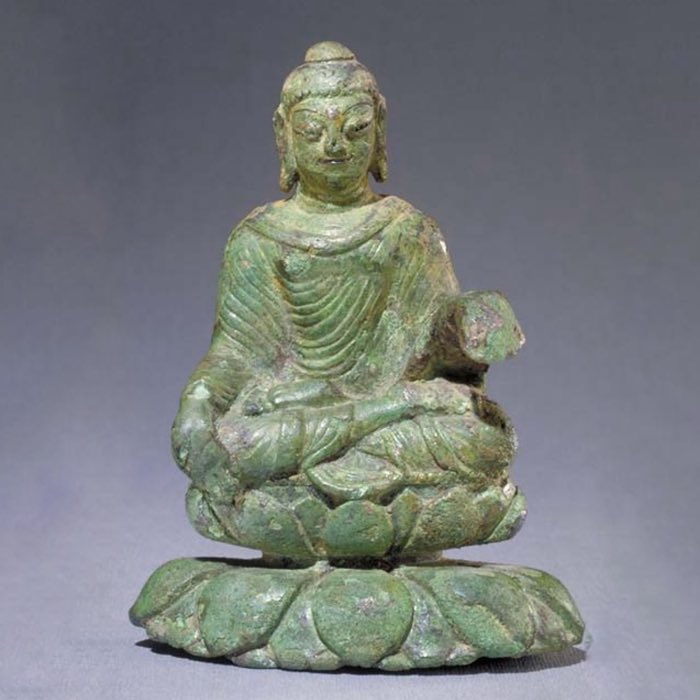

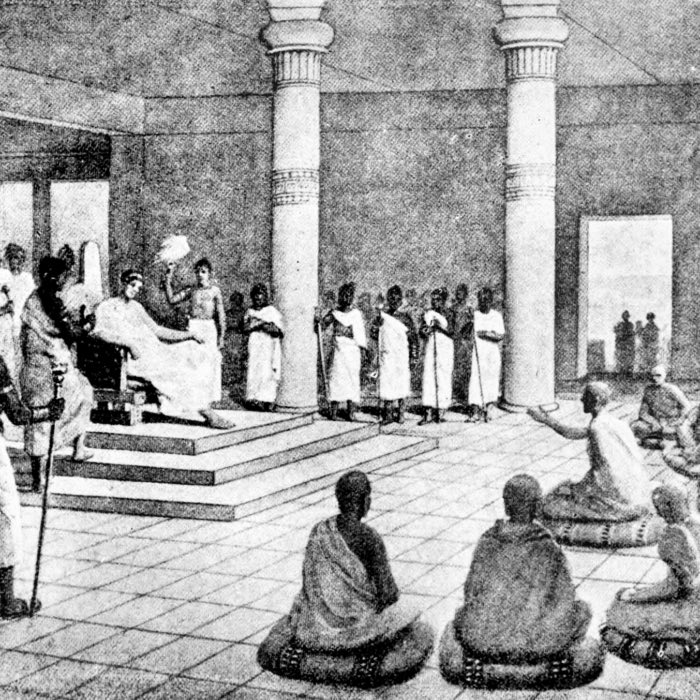
comments